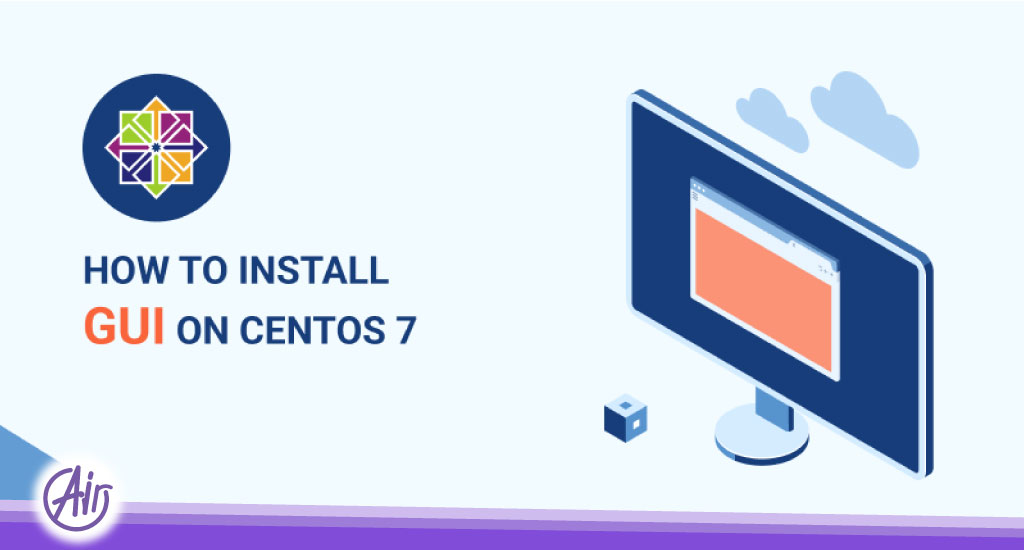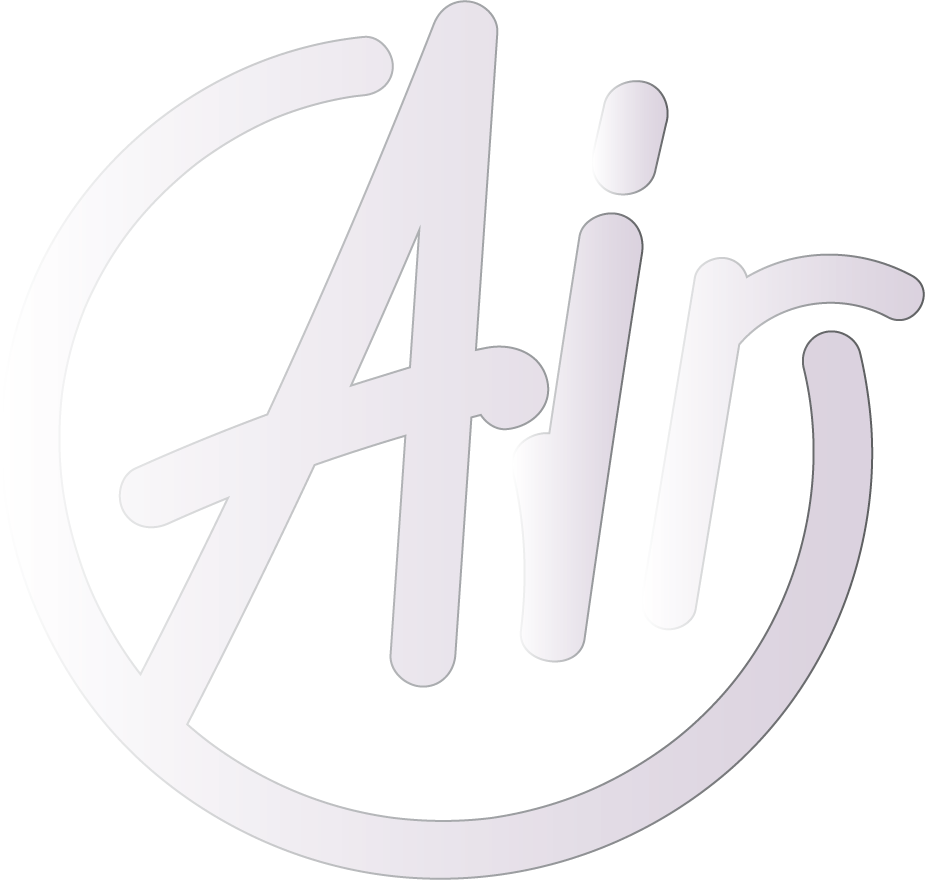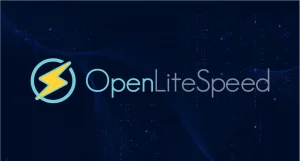How to install a graphical user interface (GUI) for Centos Cloud servers

In general, installing a graphical environment (GUI) on CentOS can help you access your operating system and perform various tasks using a GUI. Installing a graphical environment requires installing the relevant packages and configuring the system. Below, I explain the common method to install the graphical environment on CentOS:
First, make sure your system is up to date. Running the following commands will help you update the system packages:
sudo yum update
Packages related to the GNOME graphical environment are available by default in CentOS. To install it, use the following command:
sudo yum groupinstall “GNOME Desktop”
This command will automatically install all the packages required to install the GNOME graphical environment.
After installation, set the GNOME graphical environment as the default environment. Use the following command to set the GNOME environment as the default environment:
dsconfig
sudo systemctl set-default graphical.target
Now you can reboot the system:
sudo reboot
After reboot, the system will be loaded with GNOME GUI and you can use it.
Through graphic elements such as windows, buttons, menus and icons, it allows the user to communicate with the system. GUI allows the user to visually interact with the operating system and applications using mouse and keyboard functions.
The advantages of using the graphical environment (GUI) are:
- Ease of use: The graphical environment enables users to easily interact with the system by using graphical elements and icons. This user interface is very useful for users who are not familiar with command line commands.
- Intuitiveness: The use of graphics and colors in the graphical environment displays information visually, and the use of icons and symbols helps users quickly identify different functions.
- High performance: The graphical environment allows users to quickly and easily use various software and services and perform tasks.
- Interactivity: Using the graphical environment, users can easily interact with files and folders, fill out forms, change settings, and run programs.
You can also use this article to install GUI on the Debian operating system.
I hope you use this article and enjoy the graphical environment.





